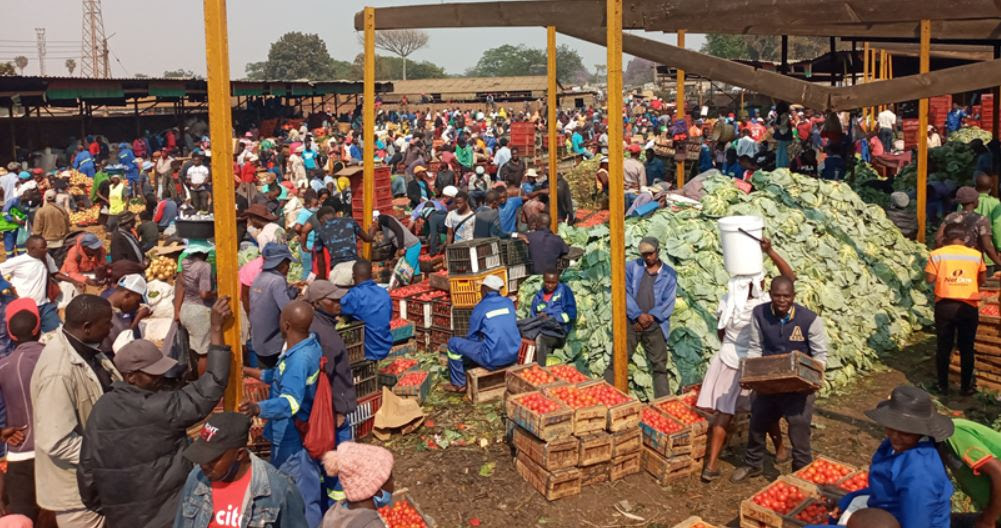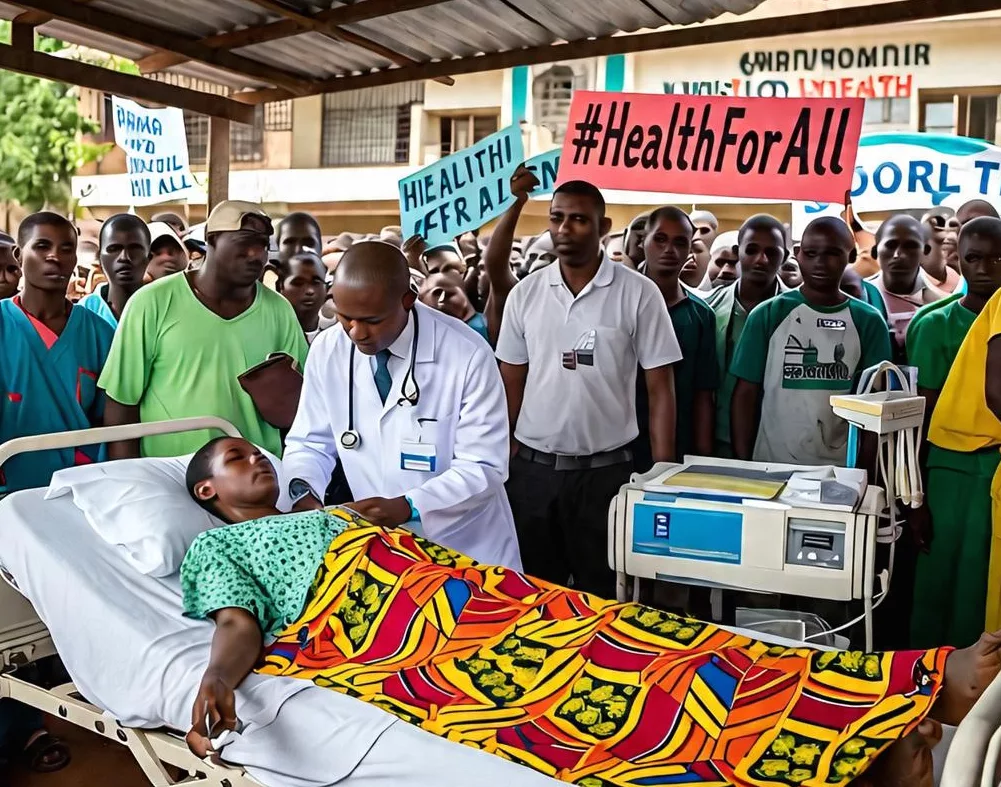By Charles Dhewa
Since March 2020 when COVID19 first showed up in Africa, mass food markets have continued to play their critical functions although policy support has continued to be directed to processing companies and supermarkets. In 2021, COVID19 did not just confirm the importance of a strong immune system but has also revealed the strengths of local food markets. Local food markets have continued to be centers of knowledge integration between farmers, traders, and the majority of consumers.
Market indicators should not be over-looked
The mass market uses its convening and distribution power to influence the demand for nutritious commodities. When that feedback gets to farmers, it triggers production of appropriate nutrition at the production level. If a farmer wants to know what is being demanded at particular periods s/he asks the market. The mass market is the only place a comprehensive nutrition basket from a district or province can be found consolidated – telling a food story about a district or province’s food basket.
Individual communities may produce specific commodities but not all commodities needed to form a complete food basket. Some crops may not grow in livestock regions, meaning such regions may only have livestock-based nutrition. One district may be suitable for particular fruits only, the other small grains and another livestock but it is the mass market that can bring all these commodities together into a complete food basket. That is why market indicators are critical and should not be over-looked.
Effects of indiscriminate lockdowns
By not sufficiently paying attention to the roles and functions of mass food markets, government measures like lockdowns and other restrictions have constrained people’s access to nutrition. Where potatoes, tomatoes and diverse kinds of fruits were easier to move from high production zones to high consumption zones, lockdown means these commodities rot in production zones when they are badly needed in cities and other high consumption zones. If measures can be put in place to move medications and other necessities, why cannot policy makers see the importance of innovating ways of moving food from farming areas to cities and dry regions where food is badly needed? Failure to put in place strong supply chains is a disservice to both producers and consumers.
Whose role is it to facilitate the movement of food through the mass market?
In most African countries food has been considered one of the essential services during the COVID19 era. However, there has not been clarity on who should provide exemption letters for actors in the mass food markets. Expecting the police or local authorities to issue exemption letters to farmers who want to take commodities to the market assumes local authorities and police understand agriculture and dynamics surrounding different commodities.
The other assumption is that farmers are the ones who take commodities to the market irrespective of volumes yet in reality the market is often the one that goes out to fetch commodities from production zones through traders. In such cases, traders do not have specific institutions responsible for issuing them exemption letters.
The ministry of industry and commerce and government marketing authorities do not understand the informal food industry enough to know who is a genuine trader and who is not to be able to issue relevant exemption letters. Unless brokers who work in the market are given the power to issue exemption letters, the movement of food is significantly constrained, forcing traders and transporters to travel at night using unorthodox routes that avoid roadblocks and curfews. This further exposes the traders and their customers to the pandemic.
Unlike formal markets, African mass markets are better positioned to maximize the benefit of the food they handle from diverse production zones and import destinations. These markets are providing long-term and short-term solutions to food availability and access. Through mass food markets, farmers, traders, and transporters are not just providing food but eradicating poverty and malnutrition.
It is becoming critical and possible for African countries to build nutrition baskets for low-income earners toward avoiding cases where poor people end up associating some commodities with rich people. If they know how much of a carrot one should eat from a nutrition perspective, most poor people would consume the right quantities of carrots. This is how mass markets become an entry point in promoting nutrition literacy, unlike the current scenario where nutrition information is largely academic.






